Siding Questions: Tyvek Vs. Felt, & Cedar Qual. levels
robert11
17 years ago
Related Stories

WOODKnotty and Nice: Highly Textured Wood Has a Modern Revival
Whether it's cedar, fir or pine, if a wood has a knot, it's hot
Full Story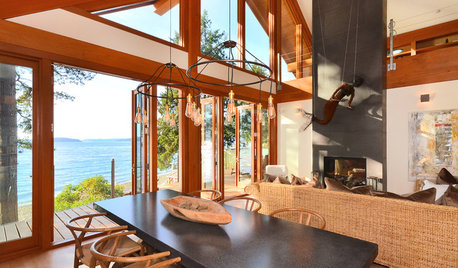
HOUZZ TOURSHouzz Tour: Ocean Views Exhilarate on the Sunshine Coast
Expansive gable windows and French doors offer an uninterrupted vista of the Pacific in this bright British Columbia A-frame
Full Story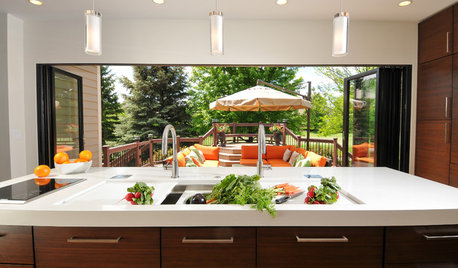
KITCHEN DESIGNKitchen of the Week: Traditional Kitchen Opens Up for a Fresh Look
A glass wall system, a multifunctional island and contemporary finishes update a family’s Illinois kitchen
Full Story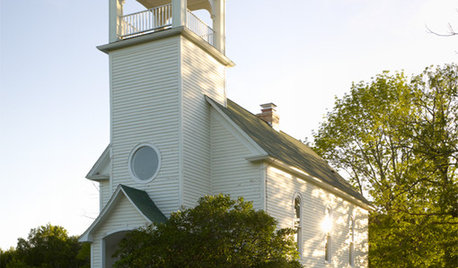
BEFORE AND AFTERSHouzz Tour: An 1898 Church in Wisconsin Finds Resurrection
Neglected and in disrepair, an old church gets a glorious renovation by an architect with a love of historic details
Full Story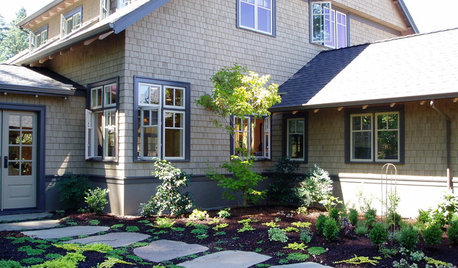
WINDOWSShould My Window Trim Match — or Contrast With — the Sash?
The short answer: It depends
Full Story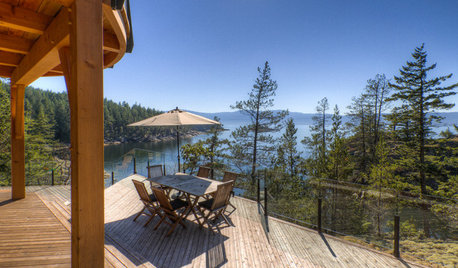
DECKSDecking Materials Beyond Basic Lumber
Learn about softwoods, tropical hardwoods, composites and more for decks, including pros, cons and costs
Full Story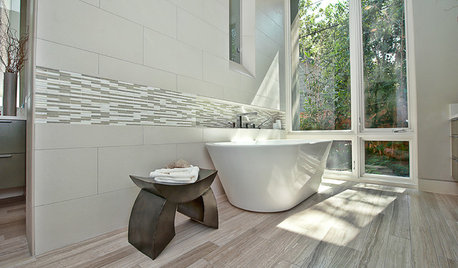
BATHROOM DESIGNHow to Match Tile Heights for a Perfect Installation
Irregular tile heights can mar the look of your bathroom. Here's how to counter the differences
Full Story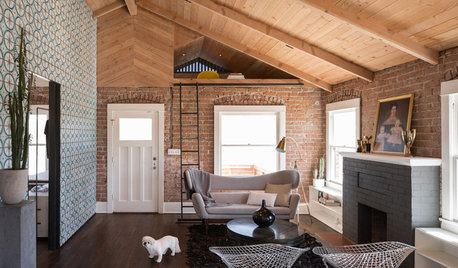
HOUZZ TOURSHouzz Tour: Modern Addition for a Historic Bungalow
A 1927 redbrick home in a downtown historic neighborhood of Phoenix gets a metal-clad modern addition
Full Story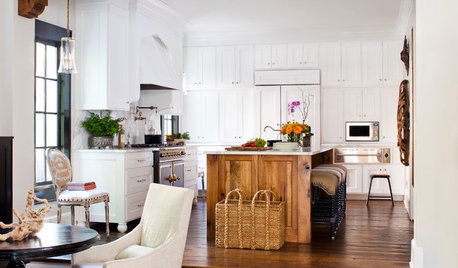
KITCHEN DESIGNKitchen of the Week: Going Elegant and Bright in a 1900s Home
Dark and closed off no more, this Atlanta kitchen now has a classic look, increased natural light and a more open plan
Full Story
MOST POPULARWhen Does a House Become a Home?
Getting settled can take more than arranging all your stuff. Discover how to make a real connection with where you live
Full Story





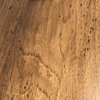

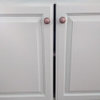
brickeyee
mightyanvil
Related Professionals
Panama City Kitchen & Bathroom Remodelers · Tuckahoe Kitchen & Bathroom Remodelers · Cave Spring Kitchen & Bathroom Remodelers · Browns Mills General Contractors · Bryan General Contractors · Conway General Contractors · Hillsborough General Contractors · Redan General Contractors · Universal City General Contractors · Waterville General Contractors · Alsip Painters · Asbury Park Painters · Poinciana Painters · Redford Painters · Sunrise Paintersbrickeyee
mightyanvil
dchall_san_antonio
mightyanvil
brickeyee
steve_in
mightyanvil